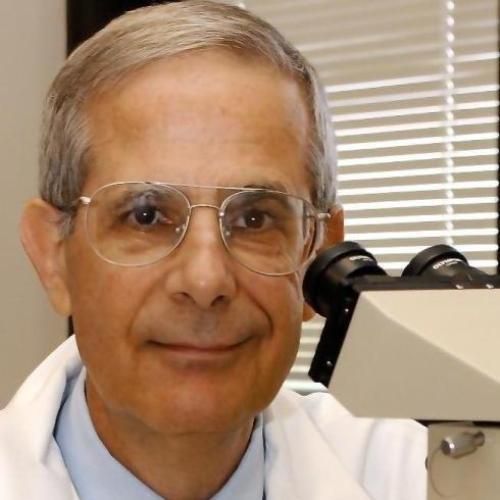Human alveolar and peritoneal macrophages mediate fungistasis independently of L-arginine oxidation to nitrite or nitrate.
Human alveolar macrophages (HAM) from 28 normal volunteers were found to inhibit replication of Cryptococcus neoformans. Conditions under which fungistasis occurred were different than those required for mouse peritoneal macrophage-mediated fungistasis. Inhibition of fungal replication by mouse peritoneal macrophages (MPM) requires that the macrophages are activated and that the cocultures of C. neoformans and macrophages be done in the presence of serum, L-arginine, and endotoxin. During MPM-mediated fungistasis and tumor cell killing, L-arginine is oxidized to NO2-, NO3-, and L-citrulline. In addition, MPM have arginase activity that converts L-arginine to L-ornithine and urea. HAM-mediated fungistasis was similar to that mediated by MPM in terms of the serum requirement, but HAM did not require L-arginine or endotoxin. HAM did not produce NO2- or NO3- detectable by colorimetric and bioassay, nor did HAM produce L-citrulline or L-ornithine from 14C-radiolabeled L-arginine as detectable by reverse-phase ion-pairing HPLC of macrophage-C. neoformans coculture supernatants. HAM had no detectable arginase activity, hence there was no evidence for L-arginine nitrogen metabolism in HAM. HAM-mediated fungistasis was not enhanced by endotoxin or by recombinant human interferon-gamma (rHIFN-gamma). The combination of endotoxin and rHIFN-gamma inhibited the fungistatic effect of HAM. Human peritoneal macrophages (HPM) from women undergoing laparoscopy were tested for fungistasis and L-arginine nitrogen oxidation. Partial inhibition of cryptococcal replication occurred; however, there was no evidence of L-arginine metabolism to NO2- or NO3-.(ABSTRACT TRUNCATED AT 250 WORDS)
Duke Scholars
Published In
DOI
ISSN
Publication Date
Volume
Issue
Start / End Page
Location
Related Subject Headings
- Recombinant Proteins
- Pulmonary Alveoli
- Peritoneal Cavity
- Oxidation-Reduction
- Nitrites
- Nitrates
- Macrophages
- Interferon-gamma
- In Vitro Techniques
- Humans
Citation
Published In
DOI
ISSN
Publication Date
Volume
Issue
Start / End Page
Location
Related Subject Headings
- Recombinant Proteins
- Pulmonary Alveoli
- Peritoneal Cavity
- Oxidation-Reduction
- Nitrites
- Nitrates
- Macrophages
- Interferon-gamma
- In Vitro Techniques
- Humans

